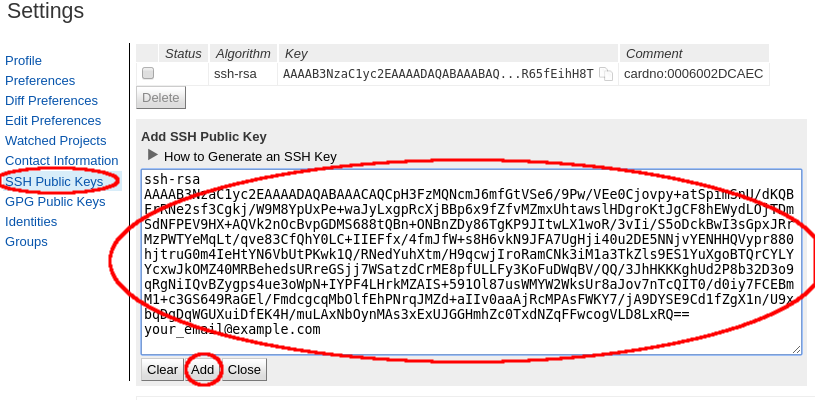

It implements several file transfer protocols, most notably SFTP via SSH. Cisco PIX 515e with ports 80, 443, 989, 990, 21, 22 and a passive range of 5000 to 5010 open.FileZilla is a free and open source multi-platform file transfer application. Windows 2012 R2 server, with IIS 8.5, (Windows firewall ON or OFF makes no difference) Please let me know if you have any ideas on how I should proceed with figuring this out. Response: Error details: SSL certificate was not found. Response: Win32 error: Cannot find object or property.


Response:Ĕ31-Failed to setup secure session. I did try FileZilla on the server itself, and received the following error: Response:Ĕ31 Failed to setup secure session. Status:Ĝonnection established, waiting for welcome message. This is what I am getting when I try to connect:

I have FTP working for multiple sites in fine in plain FTP (insecure) mode, PASSIVE and ACTIVE, but cannot get it to work using SSL certificates in TLS mode. I am a very experienced programmer and IT person, and normally can figure this stuff out on my own, but this one truly has me stumped. Wherein the author states that certificates must be "registered with the server." The error status code is contained within the returned data.Ī quick search of the Internet turned up this article: I checked the System Events in the Event Viewer, and found the following:Īn error occurred while using SSL configuration for endpoint 0.0.0.0:443. I have been working on getting this to work for several weeks with no success. However, I might add that I've never successfully been able to get TSL to work, but I was at least getting the prompt to accept the certificate, about 2 days ago, but was getting a different GnuL certificate error. So I also uninstalled FileZilla completely from the client machine, then re-installed it, and I still do not get prompted to accept the new certificate. I changed the certificate on the server side (Windows 2012 R2), and FileZilla did not detect the change and I still cannot login using explicit FTP over TLS.


 0 kommentar(er)
0 kommentar(er)
